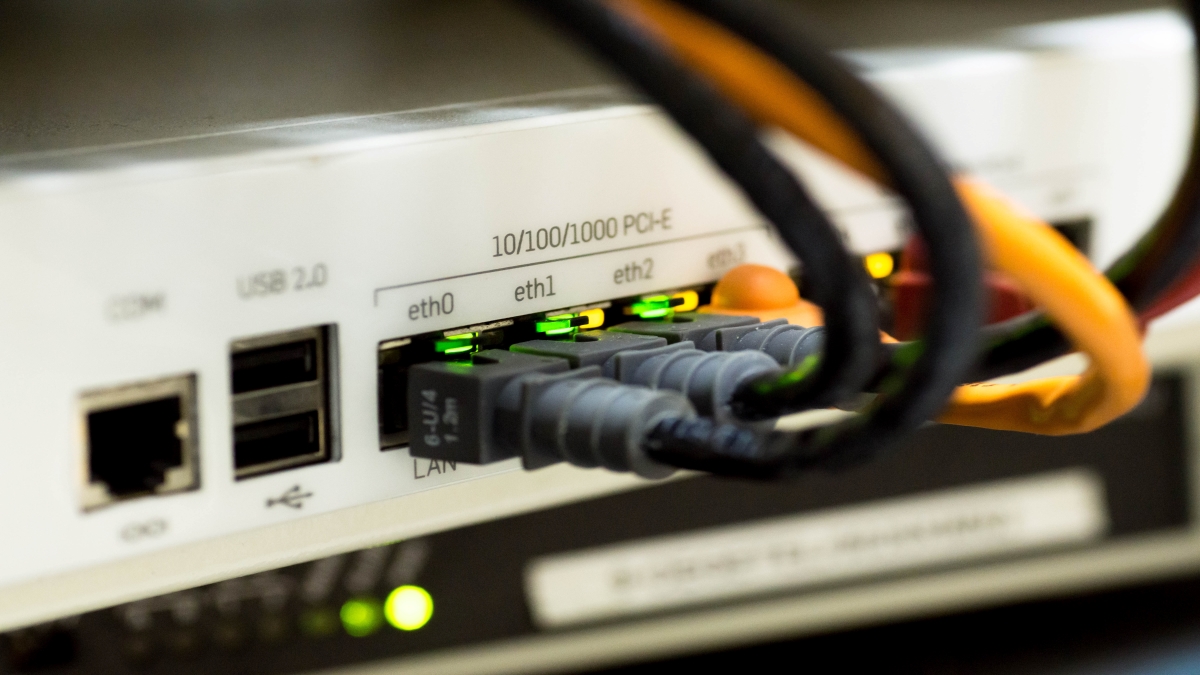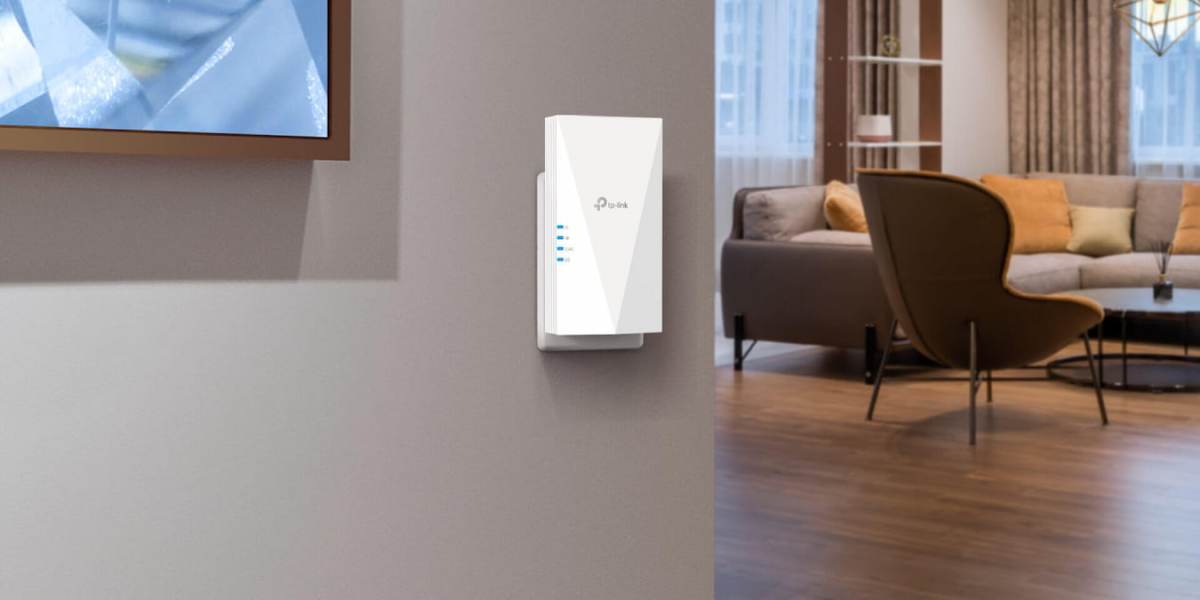With more and more people working and playing at home than ever before, making sure your connection to the internet is strong is right up there with eating and breathing on the importance scale. While the best option will always be to have a hardwired connection to your device, not every device allows it, nor can everyone have that luxury. Luckily, there are a number of things available to help with both speed and reliability in the home. Specifically, there are three devices that people tell you to look at to help with various issues: a Wi-Fi extender, a Wi-Fi repeater, and a Wi-Fi booster.
Each helps with your connection but do so in different ways depending on your needs. But what exactly are the differences between them all?
What is a Wi-Fi extender?
Also known as a Wi-Fi range extender, a Wi-Fi extender is a device that, well, extends the reach of your existing wireless network to more areas of your home. Think of it as the backscratcher for your internet, helping you get to those hard-to-reach places in the house.
It works by connecting your modem to the extender via a wired connection, thus creating a new wireless access point (WAP) in a different area. There are a number of ways to achieve this.
The first option is to run an ethernet cable (or multiple if you want more than one extender) through your home and connect it to a WAP in a better suited location of your house. Going this route is what you’ll often see in larger office spaces or in homes of those who chose to run cables through their walls and install WAPs on their ceilings.
For those who don’t want to do all of that extra work, there is another option that is rising in popularity: powerline network extenders. These have you place one into an outlet near your router and connect the two with a hardwire connection. You’ll then take the actual extender into another outlet where you find yourself needing better coverage. While interference can always pop up, the technology behind them continues to improve, making it a more viable option.
The one caveat to a Wi-Fi extender is that it doesn’t improve the signal strength, just the overall reach.
What is a Wi-Fi repeater?
If the extender isn’t a possibility, you may need to look at Wi-Fi repeaters. Unlike traditional extenders, however, a Wi-Fi repeater works by connecting to your router wirelessly and then rebroadcasting that signal.
With a Wi-Fi repeater, you’re basically cutting your overall bandwidth in half. This is due to using the same radio to send data back and forth to your router. This can lead to slower speeds in the previously dead zone areas. There is also the possibility of interference due to thicker walls and/or other electronic devices.
What is a Wi-Fi booster?
Lastly, there are Wi-Fi boosters. Wi-Fi boosters don’t really exist the way you’d think. Instead, it’s just an all-encompassing term used to talk about Wi-Fi extenders and repeaters on a generic level. So, whenever you hear someone talk about a Wi-Fi booster, just know they mean one of the two aforementioned items. It’s up to you to narrow down which works best for you.
Which option is right for you?
After learning the difference between the choices, making a decision simply comes down to what best suits your needs.
If you just want to simply have internet access in an area that didn’t have it before and you don’t really care about the speeds, a Wi-Fi repeater is a quick and simple option. If speed matters and you have an already strong signal when you’re close to your existing router, a Wi-Fi extender will always be the better of the two.
This article includes affiliate links, which may provide small compensation to PCInvasion.








Published: Nov 29, 2022 03:30 pm